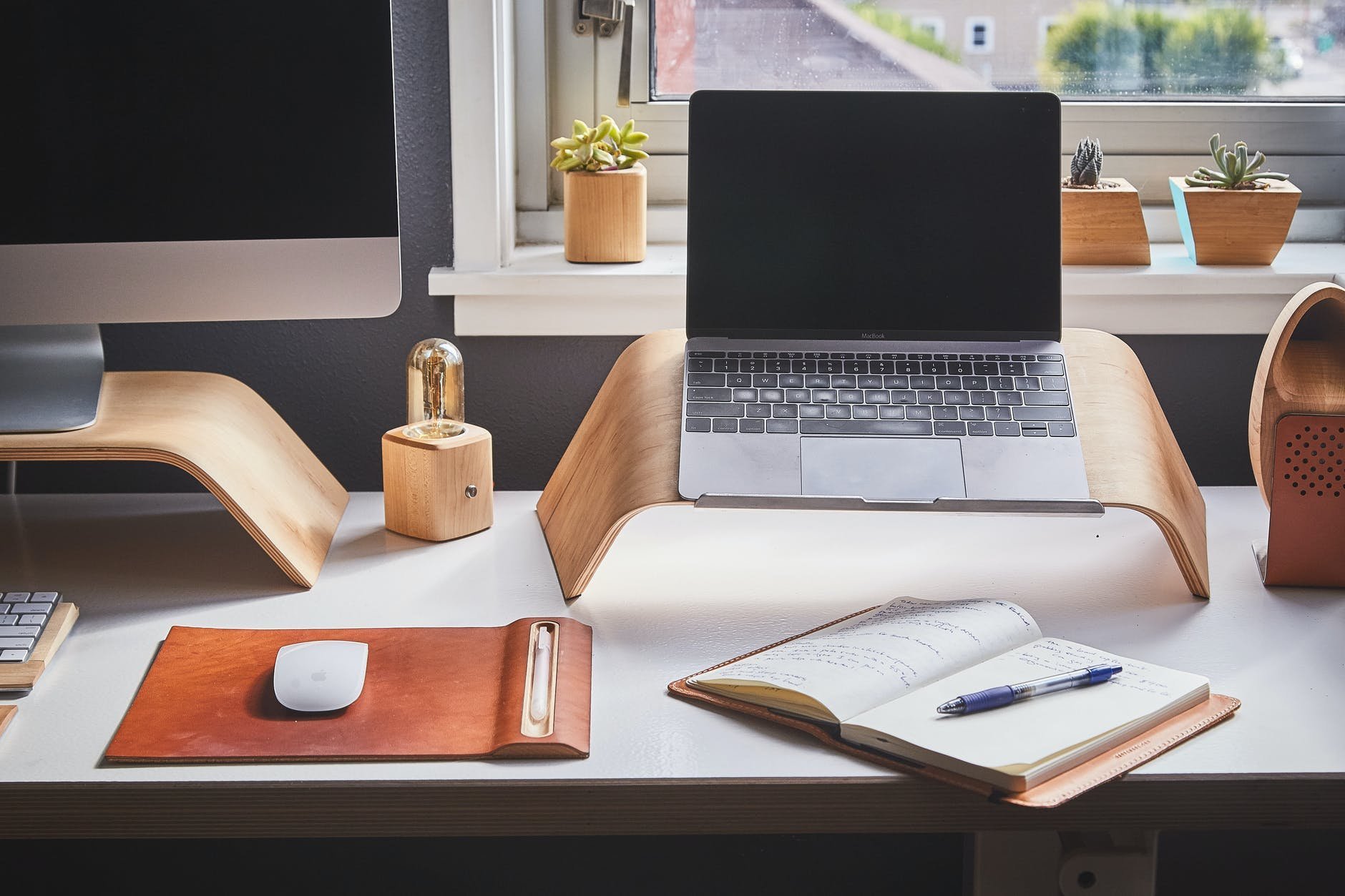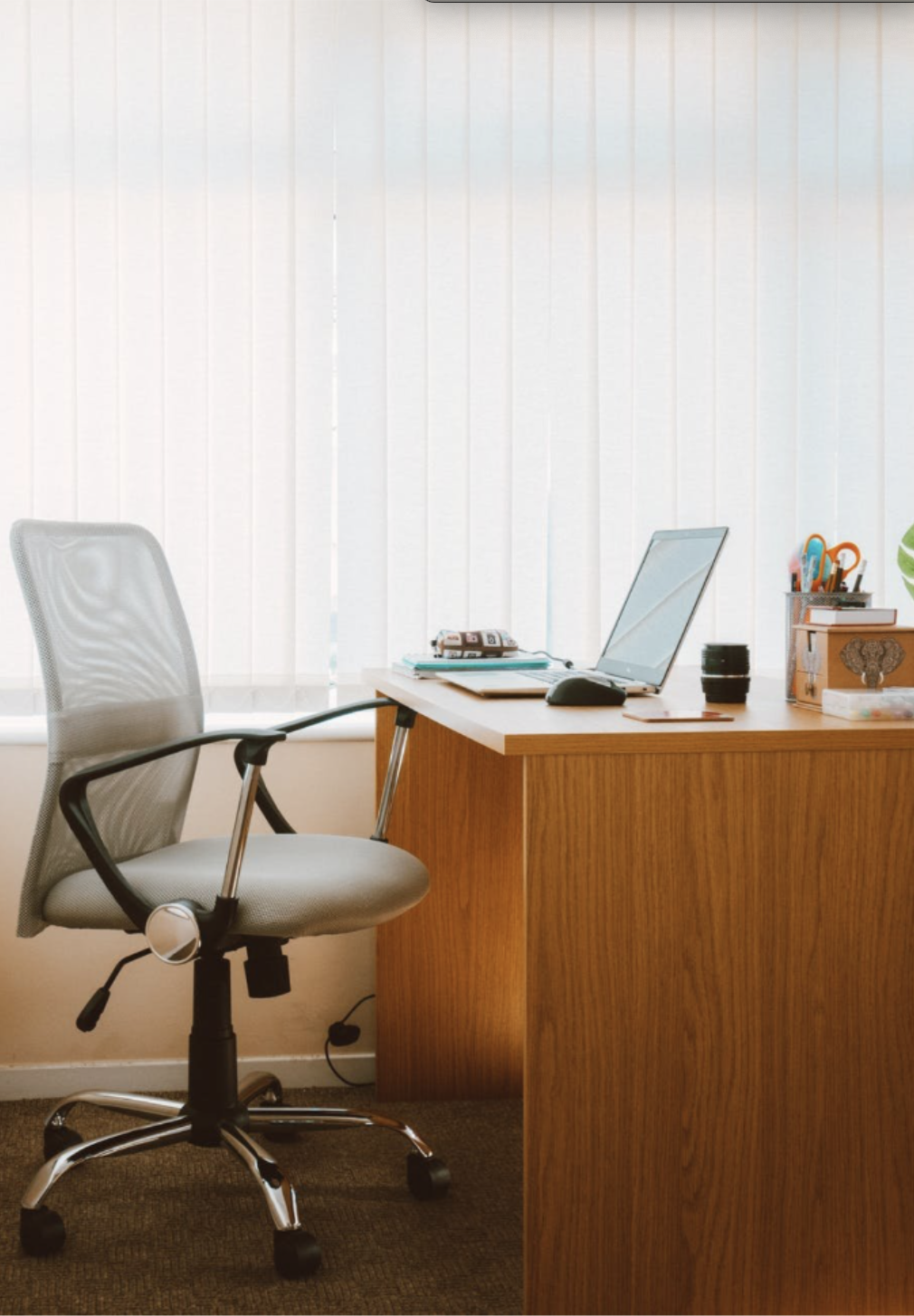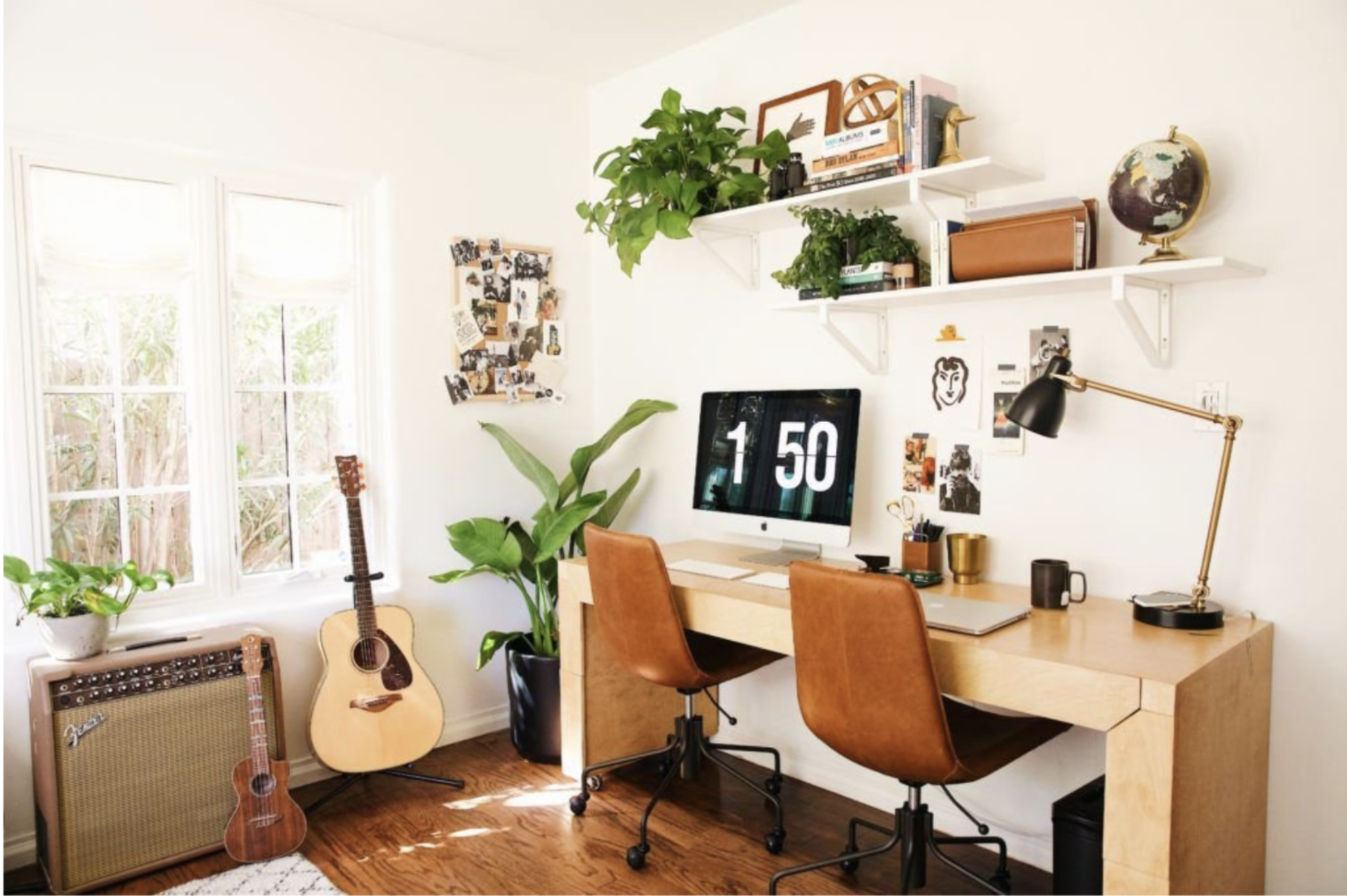Design Trend: Home Offices
Image: Pexels/ Ken Tomita
2 years ago, when Covid-19 hit American shores, the percentage of Americans working from home rose dramatically. Two years after the start of the pandemic, that number remains twice as high as it was before the pandemic. While that number will most likely never be as high as it was in 2020, there remains no doubt that working from home will continue to remain commonplace. Many workers prefer the flexible at-home schedule and feel more productive overall. Because of this shift, the home office has become a massive commodity for many Americans.
As the home office is here to stay, we’ve begun to see trends emerge around designing these unique spaces. Here are some of our favorites!
Dedicated Home Office Rooms
Image: Pexels/Karl Solano
Many at-home workers originally had to make do with either a dining table or living room couch doubling awkwardly as their office space. Now, the longer people have worked from home, the more people have leaned towards turning an entire room into a home office. Putting work in a designated, separate space helps many people with their work-life balance and limits the distractions caused either by other parts of the house or the workplace.
Standing Desks
One major downside of working from home is the decreased physical activity, which already was a problem for many office workers. To combat this, many people have begun to incorporate standing desks into their home offices. These flip-up desks are a great way to combat the sluggishness that comes from sitting at a desk for 8 hours a day, and they take up no more space than a regular desk. Most standing desks flip up and down to your liking, so you can easily split your day between sitting and standing.
Soundproofing
Image: Pexels/Lisa
With multiple people working from home in the same household, it's easy to become distracted by other people’s noise and have your noise distract others. Many home office designs have begun to incorporate soundproofing into their workspaces, using things as simple as carpeting all the way up to acoustic panels to absorb those excess soundwaves.
Natural Light
Image: Pexels/Karolina Grabowska
If you’re tired of the harsh fluorescents of a traditional office, you're not alone. One of the top things that employees want in their workspace is natural light. Currently, many home offices use windows or skylights as their main light source. No dimly lit workspaces or harsh brightness here! Natural light is a great mood booster and diffuses nicely through a room. If natural light isn’t possible, accent lighting or other indirect light sources have some of the same positive effects. Any indirect lighting will help with eye strain and fatigue, with the added benefit of looking great in video calls.
Personal Design Style
Image: The Spruce
While most people can decorate their cubicles or office spaces to some extent, a home office gives you total freedom of design. Everything from space layout to wall color is entirely yours. Catering this space to your own productivity and personal work style lowers distractions and keeps your workday running smoothly. While some people prefer a clean and simple style to their space, many people have begun to explore their unique tastes and style preferences on a much greater scale than what is possible in conventional offices.
Backdrop Walls
Image: Pexels/Ana Shvets
When working from home, virtual meetings come with the territory. If this is a common occurrence for you, then consider catering the wall behind your computer to a Zoom background. Rather than having to deal with whatever happens to be behind you, backdrop walls are a fun way to express personal style while also remaining professional. They can be incredibly practical, too. Visually stunning bookcases act as storage, and light fixtures that look amazing can also help with migraines, eye strain, and fatigue (just make sure they’re LED’s and indirect!).
Smaller storage spaces
Image: Pexels/Sora Shimazaki
As storage has become increasingly digitized, the need for large storage spaces and filing cabinets has decreased. Home office design has taken advantage of this trend and kept their storage space to a minimum. This keeps smaller spaces from feeling cramped and leaves room for more personal decoration. Let’s keep those offices unique and stylish!
Are you looking for a contractor to renovate or add on to your home? Get a quote from us to jumpstart your process!








